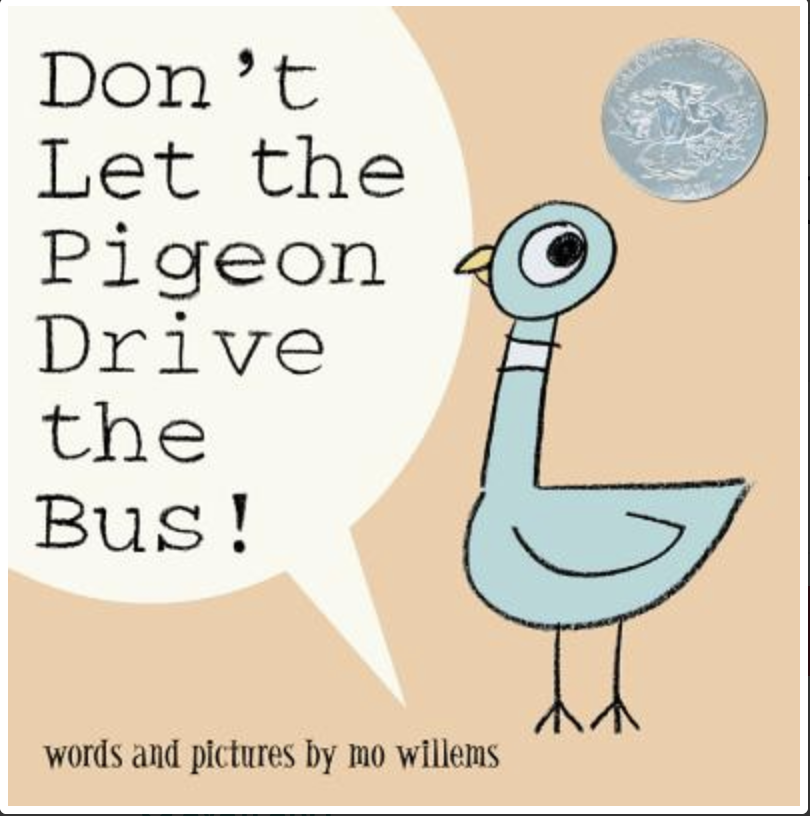
Dug out and am “surfacing” this interview with Mo Willems from the book publishing archives. Here Willems — the best-selling and award-winning author and illustrator of such classic children’s books as Don’t Let the Pigeon Drive the Bus!, as well as an animator, app creator and filmmaker / TV producer — discusses his career path and artistic processes and name-checks some of his favorite children’s book authors.
Those who know me know that when I’m asked about children’s book publishing, I say “I know adult book publishing — children’s books are a separate animal.” And I generally leave children’s book publishing to the experts, for example in my extensive interview with kids’ book agent, Elizabeth Harding for TheBalanceCareers.
But just before “stay at home” orders hit New York City, Mo Willems — a man most widely known for his children’s books — blipped into my consciousness. At the end of February, Deadline announced that Mo Willems with Stampede Ventures had inked an exclusive deal with HBOMax to be its inaugural Artist in Residence, creating live action and animated specials, concert films and TV series based on his books.
Then, as schools closed due to the global pandemic, he launched the hugely popular YouTube “Lunch Doodles with Mo Willems” under the auspices of the Kennedy Center, where he’s an Artist in Residence (currently “from home”).
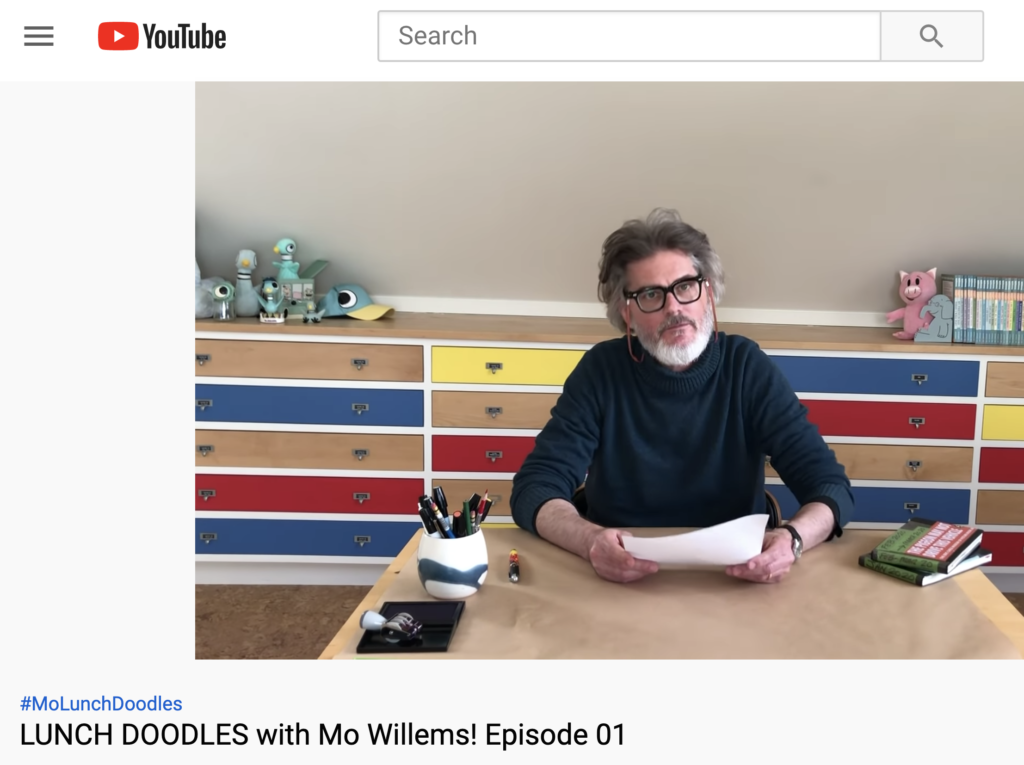
My own Mo Willems deja vu moment was postponed, however, as the COVID-19 cases surged here in NYC and then the importance and urgency of Black Lives Matter took center stage…
But now I’m posting about Mo. And why does Willems’ current doings pique my book publishing person interest?
Because some years ago on the occasion of his publishing Don’t Pigeonhole Me, I had the privilege of orchestrating, editing and publishing an email interview with the children’s book master — and Willems’ answers still hit home for any creator.
I loved how Willems’ career evolved and one of my key takeaways remains: he never stopped creating, never stopped following his curiosity… and his career emerged from that.
In which I (again) leave children’s book writing / illustrating to the experts
For this interview, I relied on writer-illustrator Dana Carey to thoughtfully craft the questions that kids’ books pros and aspirants want to know. More of her estimable bio below — but without further ado, here’s a slightly re-edited/condensed version of Mo Willems about his multi-faceted artistic career and his process.
Dana: Let’s begin at the beginning — how did you get your first job as an illustrator? What did you have in your portfolio coming out of school?
Mo: By the time I’d finished film school I’d made several short films that found their way into various touring festivals and became my calling card for many years.
These films, of course, led to me becoming a freelance cover photographer for books about psychological disorders, a bubble gum card painter, carver of Paul Klee inspired images on pottery, and gag writer for Monster Truck rallies.
That, obviously, led to me being invited to write scripts and animate cartoons for Sesame Street, create and head-write cartoon series on cable TV and perform radio essays for the BBC.
From there it’s a pretty straight line to becoming a children’s bookmaker.
But, my first paying gig was in high school when I did a weekly cartoon for the local real estate weekly called “Surrealty”.
Dana: Do you create a character then develop a story for it or does the story always come first?
Mo: I like to explore the inner workings of my character and his/her situation before I trudge into the messy work of plot-y, beginning-middle-end stuff.
So, I sketch and write, doodle and outline, walk and think. It’s important for my characters to be fully realized, living beings before I slap a story on them.
Conversely, if I have a story idea, I need to get to know if my characters are right for it or not.
Dana: You’ve often spoken about your picture book style as being very reductive so that children can copy it. Do you have stories to tell where you’d like to change this and illustrate in another style?
Mo: The simpler the drawing, the more expressive it has to be. The idea is to focus on the words and the body language of the characters. Everything else is superfluous.
While I do fluctuate from no backgrounds to heavy backgrounds, pencil to brush, narrative to word bubbles, my strengths lie in a simple line. If I grow a story that demands a different look, like in City Dog, Country Frog, I have to go out and find a pal, like Jon Muth, to execute it.
Dana: Speaking of… City Dog, Country Frog was a departure from the kind of story people usually expect from you. How did you experience having another illustrator interpret your text?
Mo: Stories are grown and demand the type of rendering that will be most effective. I never start out thinking about style; that needs to be part of the discovery process. In the case of City Dog, Country Frog, I’d illustrated the basic story in a variety of styles (photo collage, watercolors, and whatnot) but nothing worked.
After that, it was simply a matter of trusting a friend.
Dana: Who are some children’s picture book illustrators and author/illustrators that you admire?
Mo: The great thing about picture books is that they are extraordinarily individual. A Kadir Nelson book is not a Lane Smith book. I love that I can be in a business where my peers do the same thing I do differently.
Any list of people whose work I admire would be both too long and risk missing some real talents, but off the top of my head I’ll read anything by Marla Frazee, Jon Scieszka, Jackie Woodson, Jon Klassen, Lane Smith, Kadir Nelson, Dan Santat, Brian Collier, Tony DiTerlizzi, Daniel Handler [aka Lemony Snicket], Lisa Brown, Carson Ellis, etc…
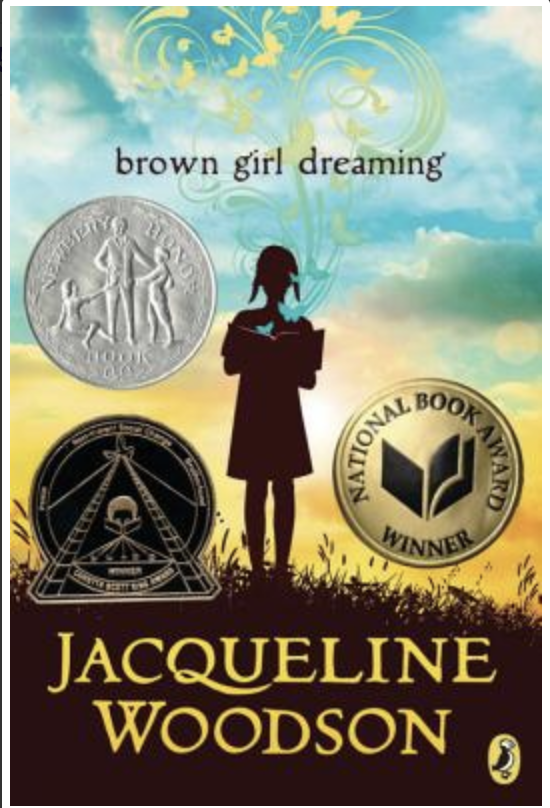
Dana: Now that you’re well-established, how do you submit new projects?
Mo: Each project is different, but at this point in my career I generally mention to my agent and editor that I think I may have a book idea, which I then am obligated to somehow produce.
Dana: While I’m sure you don’t have any trouble stimulating the interest of traditional publishers, are there projects for which you’ve thought of going the self-published or “indie” route? If so, for what type of project?
Mo: I’ve been exploring adult cartoons and stories in small mini-books called The Mo Willems Sketchbook annually since 1993. These were either part of a ‘zine or self-published.
These sketchbooks are an outlet for me to play and experiment for my pals and peers with no commercial pressure.
Some of the books are collections of cartoons, others short stories, or more serious illustration.
The most ‘famous’ of these sketchbooks, I suppose, is the original version of Don’t Let the Pigeon Drive the Bus!, which fell into the hands of an agent who was amused, who in turn showed it to multiple publishers, who were not. My published collection of 20-years-worth of these efforts is entitled Don’t Pigeonhole Me! Two Decades of the Mo Willems Sketchbook.
Dana: You’ve also created apps. Books vs. apps — how are the processes different for you?
Mo: Books and apps are like apples and elephants.
Books are essentially individual endeavors, made to be absorbed, loved, opened, and interpreted.
Apps are big productions; games that at their worst occupy time and at their best engender creative thought.
Much like film or TV, apps productions are collaborative, involving animators, actors, producers, programmers and a host of others. The key is to create a framework that allows for some kind of new experience for your audience based on the skills of your collaborators. In that sense I’m more of a conductor than composer.
My rule is that we can’t create something that will continue to ‘work’ if the child leaves the room. Also, it should be funny.
Mo Willems began his career as a writer and animator for PBS’s Sesame Street, where he garnered six Emmy Awards for his writing. While serving as head writer for Cartoon Network’s #1 rated show, Mo began writing and drawing books for children. His debut effort, Don’t Let the Pigeon Drive the Bus!, became a New York Times best seller and was awarded the first of Mo’s several Caldecott Honors. Read more about his diverse artistic work and many honors at mowillems.com.
Writer and illustrator Dana Carey is International Illustrator Coordinator for the Society of Children’s Book Writers and Illustrators (SCBWI) and the Assistant Regional Advisor for SCBWI France, as well as an acquisitions reader of middle grade and young adult novels for French publishers and writer for the Sub It Club, a website that supports authors/illustrators in the children’s book submission process. See Dana’s work on her website.
Learn more about ContentMeant for Authors.
Disclosure: This post contains affiliate links relevant to the content. Purchases made through those links may result in good art karma for contributing to the financial health of creators, bookstores, etc., and to ContentMeant through a possible small commission — none of these at any extra cost to the purchaser.
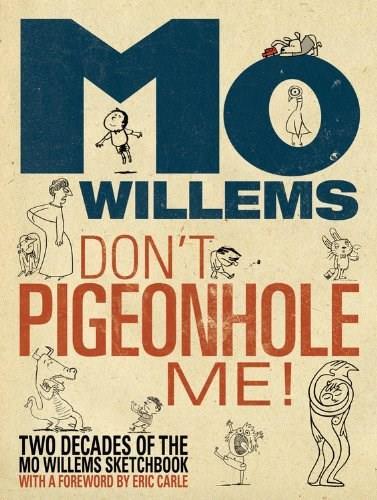
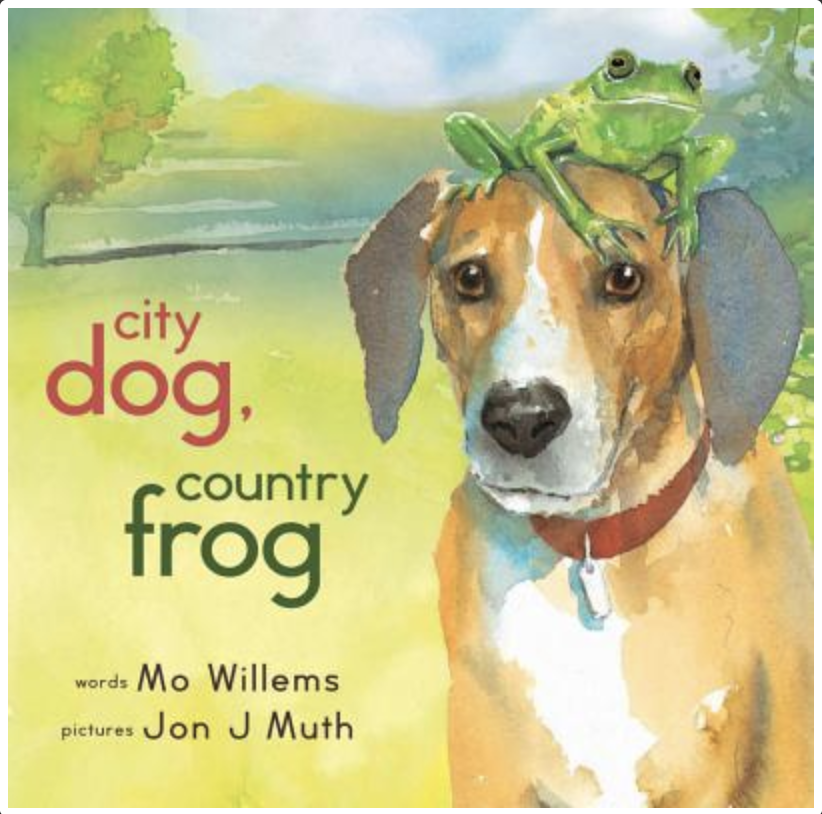
Leave a Reply